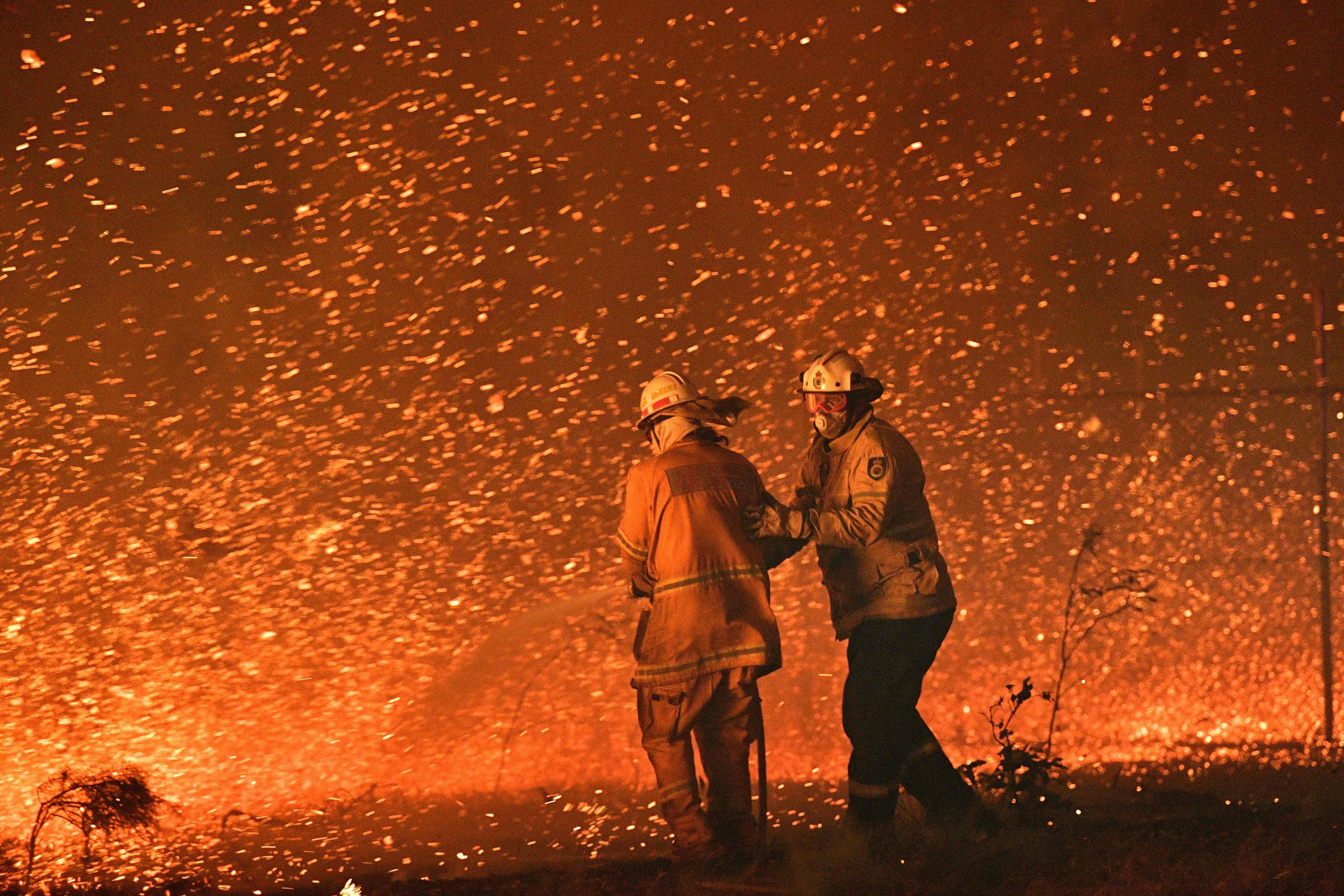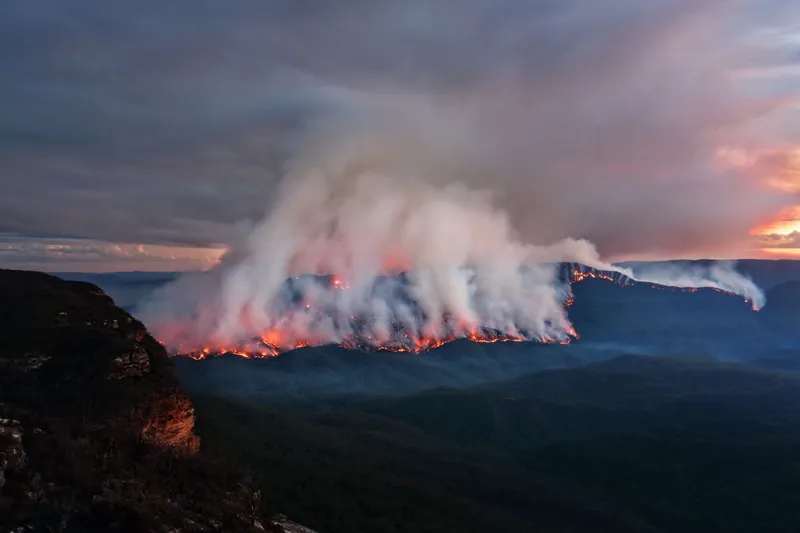Exactly How BAL Report Impacts Bush Fire Defense Procedures
In the world of bush fire defense, the Building Strike Level (BAL) record stands as an important device that considerably affects the security and durability of residential properties in fire-prone locations - BAL Report. The influence of a BAL evaluation prolongs much past mere documents; it works as the cornerstone for figuring out the appropriate building standards and fire protection procedures necessary to reduce the threats presented by bushfires. As communities come to grips with significantly serious fire seasons, comprehending how the BAL record forms these safety procedures comes to be critical for policymakers, home builders, and home owners alike
Comprehending the Bushfire Assault Degree

Significance of BAL Record Analysis

In Addition, the BAL record evaluation functions as a foundational action in following legal responsibilities and requirements connected to bushfire protection. Local councils and authorities typically mandate the entry of a BAL report as moved here part of the preparation and building authorization procedure to guarantee that homes are effectively secured versus bushfire threats. Stopping working to conduct a detailed BAL record evaluation can lead to poor protection steps, leaving residential properties at risk to devastating bushfire incidents.
Construction Criteria Based Upon BAL
A detailed understanding of the Bushfire Assault Level (BAL) makes it possible for home owners to implement building and construction standards tailored to their details danger profile. have a peek here Building requirements based on BAL are important in minimizing the effect of bushfires on buildings. The BAL score classifies the potential risk a residential property encounters during a bushfire on a range from BAL-Low to BAL-FZ (Flame Zone)
Applying Fire Defense Procedures
With the structure of building standards based on Bushfire Assault Degree (BAL) in location, the focus currently shifts towards the functional implementation of fire protection procedures to fortify residential or commercial properties against bushfire hazards. Passive procedures consist of utilizing fireproof structure materials, mounting cinder guards on vents, sealing voids in wall surfaces and roofs, and keeping a clear room around the property totally free from combustible vegetation. By incorporating both passive and active approaches, residential or commercial properties can considerably minimize their vulnerability to bushfire cases and increase the safety of owners.
Safeguarding Homes Against Bushfires
Effectively guarding homes against the damaging effects of bushfires calls for a comprehensive and proactive method to fire protection measures. Property owners living in bushfire-prone areas must prioritize the implementation of various approaches to boost their home's strength against wildfires. One basic facet is creating a defensible room around the home by maintaining a clear area devoid of flammable products. This includes on a regular basis trimming vegetation, getting rid of dead plants, and guaranteeing a safe range between trees and structures. Installing fireproof roofing products can additionally significantly reduce the danger of cinder assaults and direct flame contact. Furthermore, securing vents and gaps to avoid ember breach, in addition to integrating fire-resistant doors and windows, can help strengthen the home's protection versus bushfires. Buying a reputable water source, such as a properly maintained lawn sprinkler or a dedicated water tank, is important for supplying water during fire emergencies - BAL Report. By embracing a positive stance and incorporating these protective actions, property owners can substantially boost their possibilities of safeguarding their homes versus bushfires.
Conclusion
In conclusion, the Bushfire Attack Degree (BAL) report plays a crucial duty in determining the necessary defense actions versus bushfires. Carrying out fire defense measures based on the BAL report is important in securing residential or commercial properties from prospective bushfire risks.
In evaluating bushfire danger to properties, comprehending the Bushfire Attack Degree (BAL) is a critical part for applying effective security steps. On the whole, a clear understanding of the Bushfire Assault Degree is essential for implementing appropriate protection steps and alleviating the effect of bushfires on homes.
